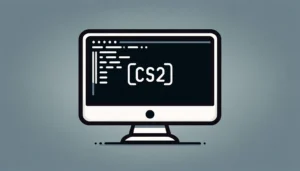Welcome to the world of Valorant, a tactical first-person shooter that has quickly become a favorite among gamers. This guide is designed to help new players understand the basics of the game, including its objectives, gameplay mechanics, and the economic system. We aim to provide a solid basis that will assist you in starting your journey in Valorant on the right foot.
Valorant Beginner’s Guide Part 1: Introduction To Valorant and Basic Mechanics
Valorant is developed by Riot Games, known for their work on League of Legends. Valorant combines elements from traditional shooters with unique abilities provided by a diverse cast of agents. Each match is a confrontation between two teams of five players, with one side attacking and the other defending. The primary objective for the attacking team is to plant a bomb, known as the Spike, at a designated site. The defending team’s goal is to prevent the Spike from being planted, defuse it if it has been planted, or eliminate the attacking team.
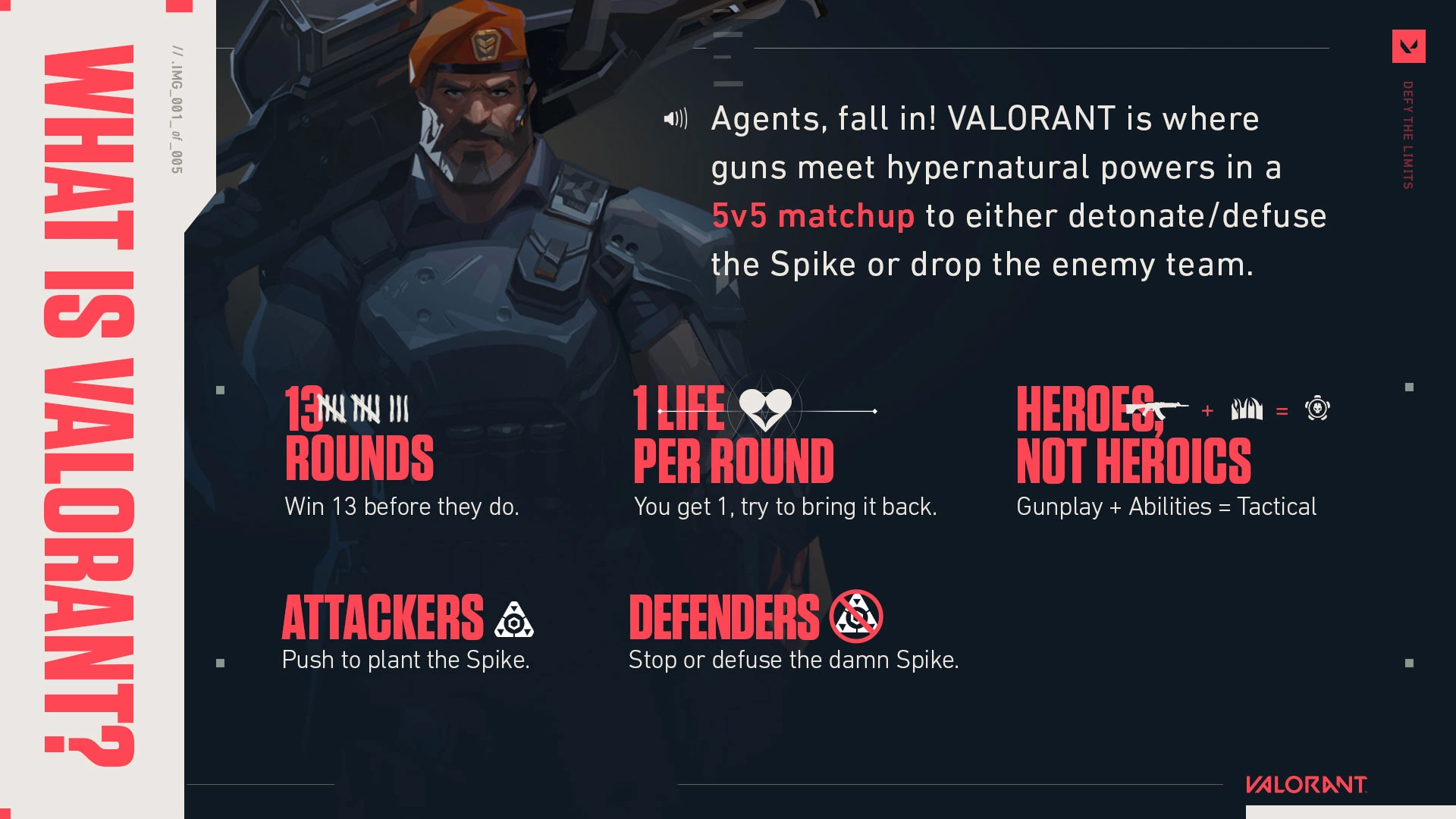


The Game’s Objective
The first team to win 13 rounds wins the match. This simple yet challenging objective forces teams to strategize, communicate, and adapt to their opponent’s tactics. Each round offers a fresh start, with players purchasing weapons and abilities based on their performance in previous rounds.
Agents and Abilities
Valorant sets itself apart from other shooters with its agents. Each agent has a unique set of abilities, including a signature ability they get for free each round, two abilities they must purchase, and an ultimate ability that charges through kills, Spike actions, or orbs picked up during the round. These abilities allow players to create barriers, scout for enemies, heal teammates, and more, adding a layer of strategy that goes beyond mere shooting skills.
Basic Mechanics
To excel in Valorant, understanding the game’s basic mechanics is essential. This includes mastering shooting, movement, and the use of abilities.
Shooting
Valorant emphasizes precision and accuracy. Weapons in the game have distinct recoil patterns and behavior, making it important to learn how to control your shots. Headshots deal more damage, often resulting in a one-hit kill with certain weapons. Practicing your aim and learning the recoil patterns of different weapons will greatly improve your effectiveness in combat.
Movement
Movement in Valorant is a crucial component of gameplay. Running makes noise, alerting enemies to your position, while walking (holding the Shift key by default) allows you to move silently, giving you a tactical advantage. Jumping and crouching can help you navigate the map and make yourself a harder target to hit, but they also have their drawbacks, such as making noise or reducing your movement speed.
Economy System
Valorant’s economic system plays a key role in the outcome of matches. Players earn credits by killing enemies, completing objectives, and through the outcome of rounds. These credits are used to purchase weapons, shields, and abilities. Managing your team’s economy requires strategic thinking; deciding when to save credits for a full buy or when to spend on a partial buy can turn the tide of the game.
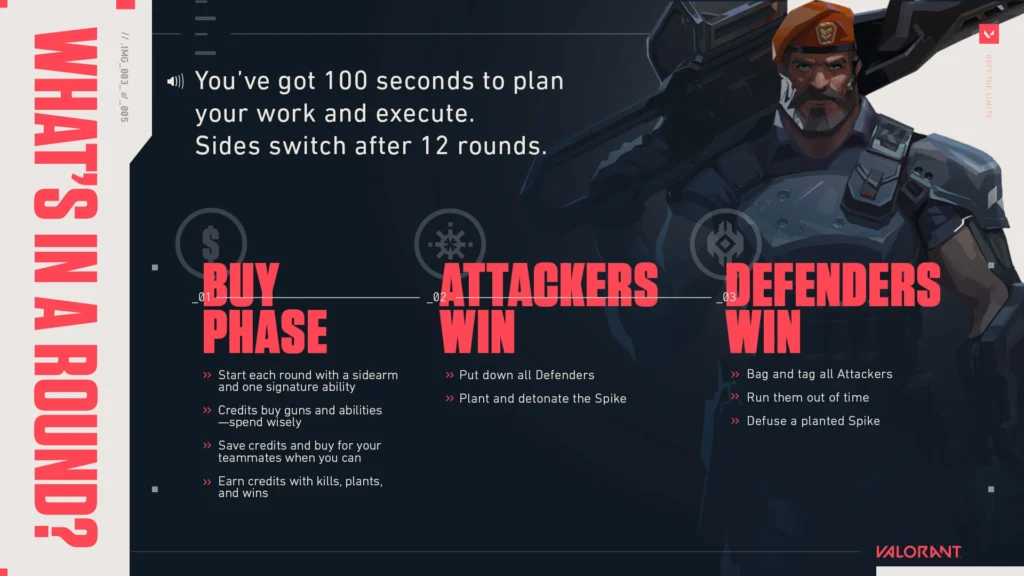
Starting Your Valorant Journey
As you begin playing Valorant, focus on learning the maps, understanding the strengths and weaknesses of different agents, and practicing your shooting and movement. Joining the community, watching streams, and playing with friends can also provide valuable insights and make your experience more enjoyable.
Remember, Valorant is a game that rewards patience, strategy, and teamwork. Don’t be discouraged by early setbacks. Every match is an opportunity to learn and improve. Welcome to Valorant and good luck on your journey to becoming a skilled agent.
Valorant Beginners Guide Part 2: Aiming, Movement, and Weapon Mastery
Improving your gameplay in Valorant hinges on mastering several key aspects: precise aiming, strategic movement, and a deep understanding of the game’s weapons. This part of the guide focuses on these elements, offering insights and tips to help you enhance your skills and contribute more effectively to your team’s efforts.
Aiming Techniques
Aiming is key to success in Valorant. Effective aiming combines several skills, including proper crosshair placement, sensitivity adjustment, and consistent practice routines. Keeping your crosshair at head level as you navigate the map ensures you’re always ready for an engagement, reducing the need to make large adjustments when an enemy appears. Sensitivity is a personal preference, but most skilled players opt for a lower setting to increase accuracy. A daily practice routine, focusing on static and moving targets in the practice range, can help to improve your aim over time.
Crosshair Placement
Good crosshair placement minimizes the need for aim adjustment when you encounter an enemy. By keeping your crosshair at head level and anticipating where opponents are likely to appear, you can improve your reaction time and accuracy. This technique is especially effective in Valorant, where headshots are often lethal.
Sensitivity Settings
Finding the right sensitivity is a balance between being able to aim precisely and turning quickly to respond to threats. A common starting point is setting your sensitivity so that a full swipe across your mouse pad turns your character about 180 degrees. From there, adjust based on comfort and control, aiming for smooth, consistent aim movements.
You can check for the mouse sensitivity of many pro players in our all in one table.
Practice Routines
Regular practice is essential for improving your aim. Valorant’s practice range offers various modes to help you work on different aspects of aiming. Spend time focusing on static targets to improve precision, then move on to tracking and flicking exercises to better handle dynamic in-game situations. Consistency in practice will lead to noticeable improvements in actual matches.
Movement Mechanics
Movement in Valorant is as strategic as aiming. Knowing when to walk silently, run, jump, or crouch can make the difference between life and death. Silent walking is used for sneaking up on enemies or avoiding detection while running is best used for quick rotations or when your position is already compromised. Jumping and crouching can help you navigate the map and dodge enemy fire, but they should be used judiciously to avoid making yourself an easy target.
Walking vs. Running
The choice between walking and running should be based on your situation and objectives. Walking allows you to move silently, making it harder for enemies to detect your approach. Use this to your advantage when trying to flank or surprise opponents. Running is faster but louder, making it suitable for quick repositions or when trying to escape danger.
Jumping and Crouching
Jumping is useful for reaching elevated positions or avoiding low-aimed fire, but it can compromise your accuracy and make you predictable. Crouching can stabilize your aim and make you a smaller target, but it also reduces your mobility. Balancing these movements is key to effective gameplay.
Weapon Mastery
Valorant features a diverse arsenal, each category of weapons serving different roles and strategies. Understanding the strengths and weaknesses of each weapon type, along with when and how to use them, is essential for maximizing your effectiveness in the game.
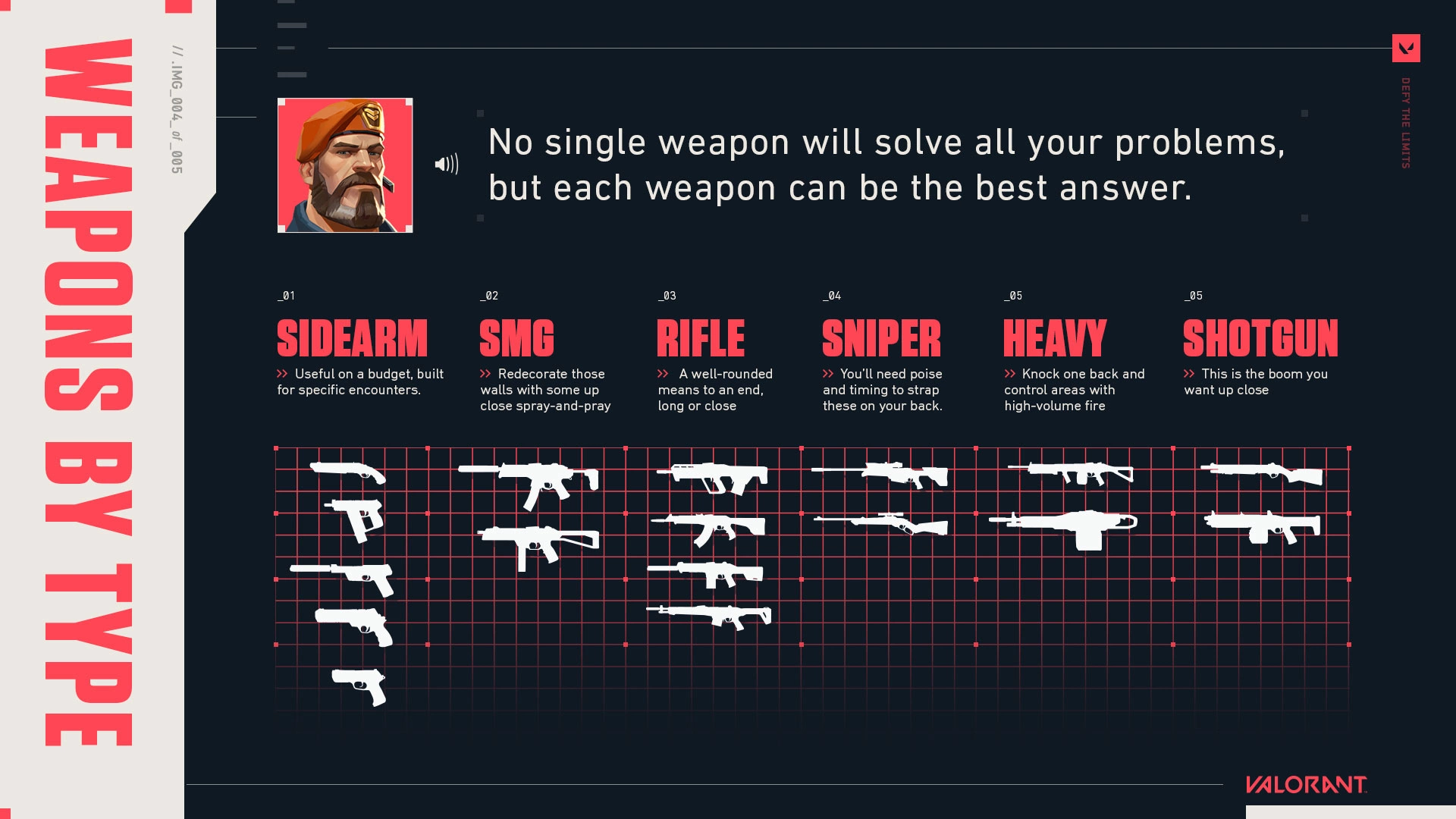


Pistols
Pistols are your go-to in eco rounds or as secondary weapons. Each pistol has its use case, from the versatile Classic to the powerful but challenging-to-use Sheriff. Learning when and how to use these can secure early-round advantages or save your team credits for future rounds.
Rifles
Rifles are the core of Valorant’s combat, offering a balance between firepower, accuracy, and versatility. The Vandal and Phantom are the primary choices for most players, each with its advantages depending on the situation. Mastery of these weapons is essential for winning gunfights and rounds.
SMGs and Shotguns
SMGs and shotguns excel in close-quarters combat, providing high damage output at short ranges. These weapons are ideal for aggressive playstyles or defending tight spaces. Understanding their effective range and movement penalties is key to using them effectively.
Snipers
Sniper rifles, like the Operator, demand precision and patience. They are powerful tools for controlling long sightlines and picking off enemies from a distance. However, their high cost and the vulnerability they present in close combat require careful consideration and positioning.
Mastering aiming, movement, and weapon use in Valorant takes time and practice. By focusing on these fundamental aspects, you’ll not only improve your performance but also become a more valuable team member. Regular practice, strategic thinking, and continuous learning are your pathways to success in Valorant’s competitive arena.
Valorant Beginners Guide Part 3: Strategy, Maps, and Agent Roles
Valorant’s strategic depth is what sets it apart from many first-person shooters. Each map is a complex battlefield with unique layouts, requiring players to adapt their strategies and playstyles. Understanding the intricacies of each map, the roles of different agents, and how to effectively execute and counter strategies is paramount for climbing the ranks in Valorant.
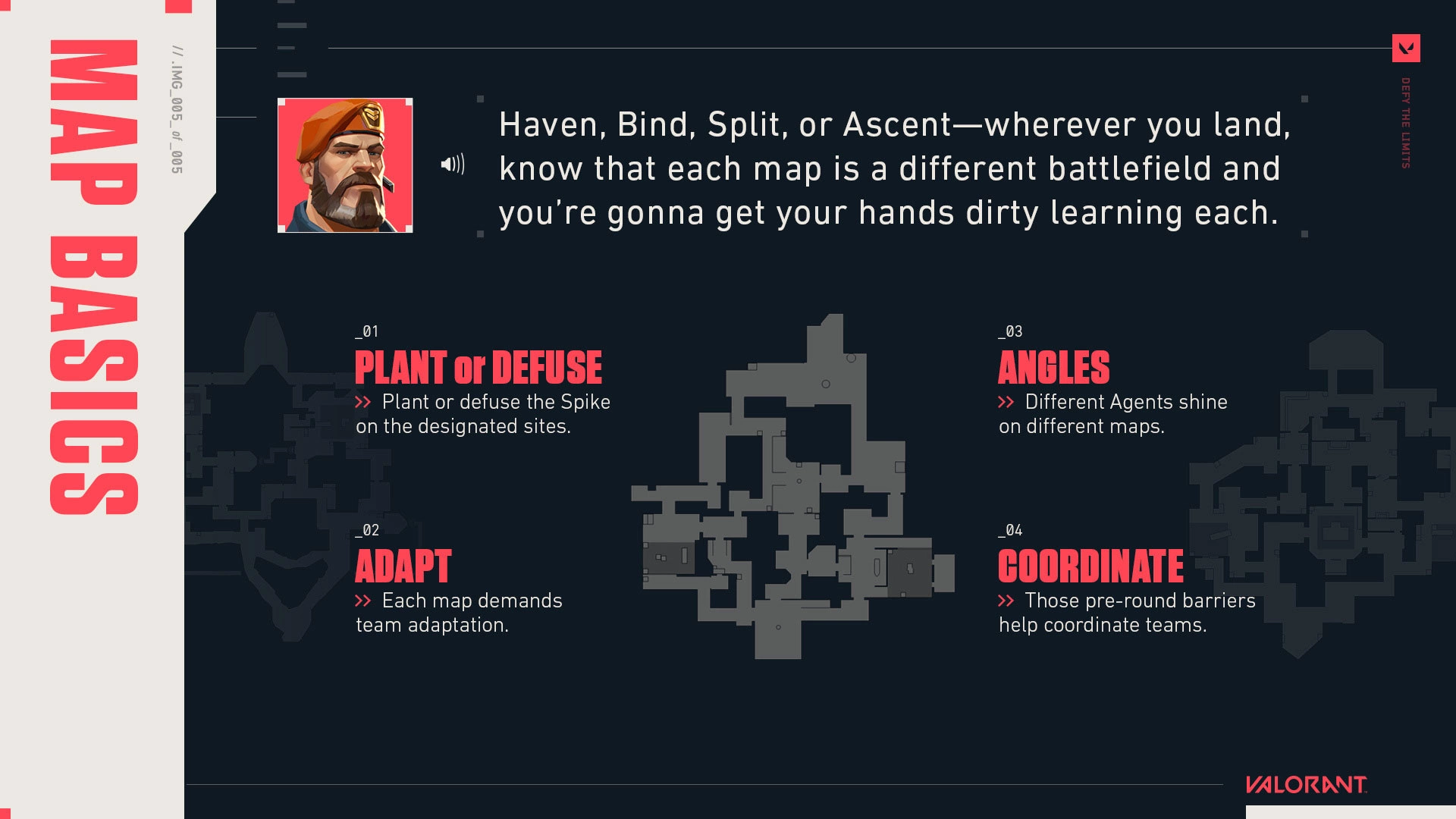


Map Mastery: The Foundation of Strategy
Maps in Valorant are designed with multiple objectives and pathways, offering a variety of strategies for both attackers and defenders. Familiarizing yourself with each map’s layout, including bomb site locations, choke points, and rotation paths, is essential. This knowledge allows you to make informed decisions, whether you’re planning an aggressive push or setting up a solid defense.
Strategic Importance of Choke Points
Choke points are narrow areas where control can impact the game’s outcome. Successfully defending a choke point can stop an attack in its tracks, while breaking through one as attackers can open the path to a bombsite. Understanding the utility and firepower needed to control these areas is a must for any strategy.
The Art of Rotation
Rotations are how you move around the map, either to reposition your defense or to execute an attack on a different site. Quick and efficient rotations can catch the opposing team off guard, creating opportunities to plant the Spike or defend it from a retake. Knowing when to rotate and which paths to take is a skill developed through experience and communication with your team.
Agent Roles and Team Composition
Valorant’s agents are divided into four main roles: Duelists, Controllers, Initiators, and Sentinels. Each role has a specific function in the team, from securing kills to providing support. A balanced team composition that covers all necessary roles is often more effective than a team focusing solely on firepower.
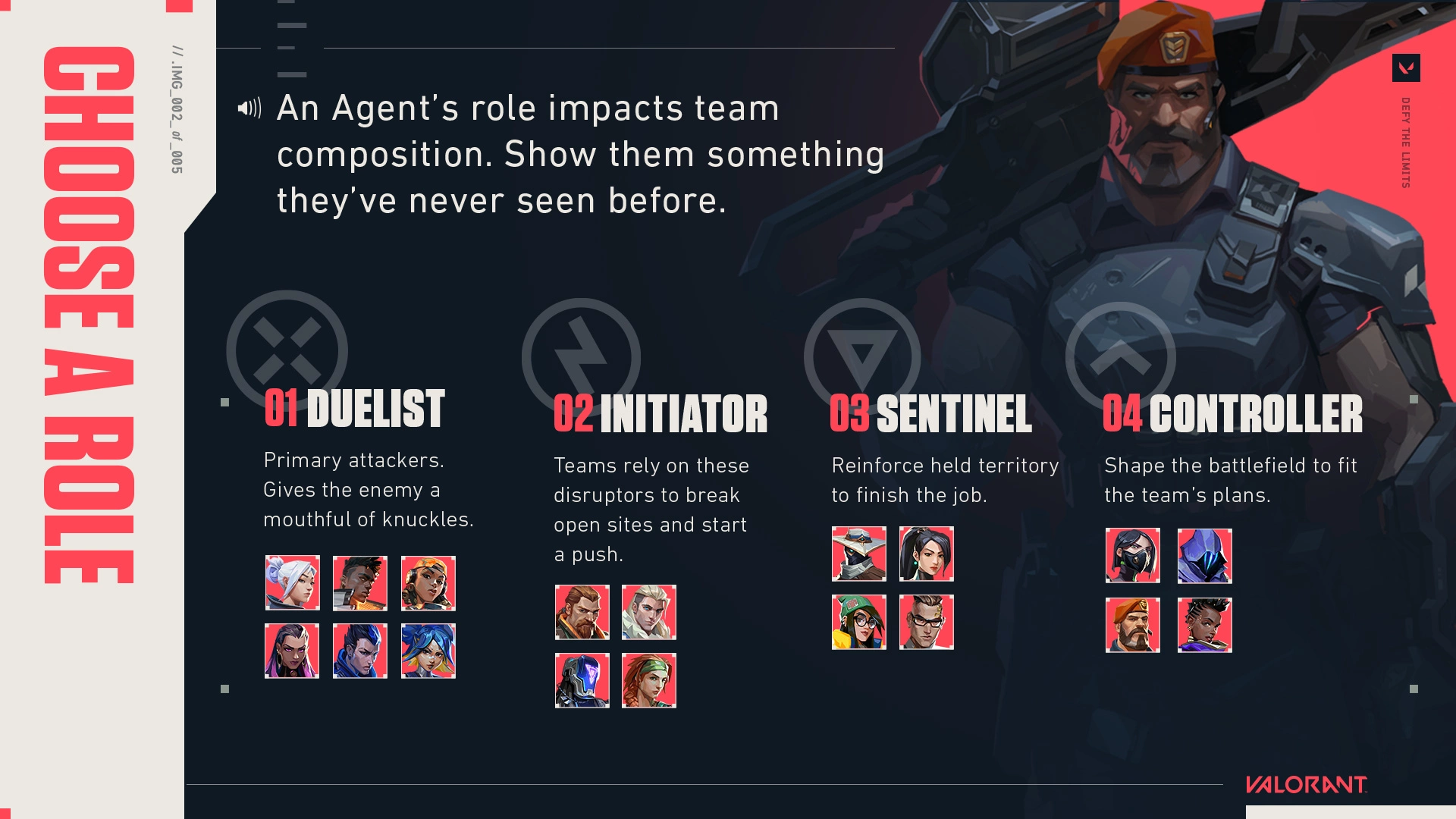


Duelists: The Spearhead of Attacks
Duelists are designed to lead the charge, using their abilities to secure kills and create space for their team. They thrive in aggressive play but rely on their teammates for information and support. Mastering a Duelist means being able to consistently win duels and knowing when to engage or retreat.
Controllers: Masters of the Battlefield
Controllers use their abilities to manipulate the battlefield, blocking vision, and controlling space with smoke, walls, and area denial. They play a role in both attacking and defending, setting the pace of the game. A skilled Controller can increase a team’s chances of securing a site or defending it against attackers.
Initiators: The Catalysts for Action
Initiators excel at gathering information and disrupting enemy positions, making it easier for their team to engage. Their abilities are designed to initiate fights, whether by revealing enemy locations or by incapacitating foes. Playing an Initiator requires good game sense and the ability to read the enemy’s strategy.
Sentinels: The Defensive Backbone
Sentinels are defensive experts who can secure areas and provide support, such as healing or resurrecting teammates. They are invaluable for holding sites and stalling enemy advances. Effective Sentinel play involves knowing where to place utility for maximum impact and when to use their abilities to turn the tide of a round.
Advanced Tactical Concepts
Beyond individual skill and understanding agent roles, advanced tactics involve using the environment, timing, and coordinated team efforts to outplay the opponent. This includes using utility creatively, exploiting timing windows, and adapting strategies mid-game based on the evolving situation.
Utility Usage and Creative Plays
Using your agent’s abilities in creative ways can open up new opportunities and catch enemies by surprise. Whether it’s a well-placed smoke or an unexpected flash, the element of surprise can be a powerful tool. Experimenting with different utility uses in various map areas can reveal new strategies and plays.
Timing and Exploiting Weaknesses
Good timing can exploit gaps in the enemy’s defense or create opportunities for aggressive plays. This could mean pushing when the enemy is likely distracted or rotating silently to avoid detection. Observing enemy patterns and adapting your timing can give you an advantage.
Communication and Teamwork
Effective communication is the backbone of any successful team in Valorant. Sharing information about enemy positions, remaining utility, and planned strategies ensures everyone is on the same page. Clear, concise communication can be the difference between a win and a loss, especially in close matches.
Mastering Valorant’s strategic elements requires a blend of individual skills, a deep understanding of maps and agents, and the ability to work as part of a cohesive team. By focusing on these areas, players can develop an approach to the game, leading to improved performance and a more rewarding experience. Remember, the key to success lies in continuous learning, adaptation, and teamwork.
Valorant Beginners Guide Part 4: Improving Your Play and Climbing the Ranks
Improvement in Valorant is a continuous journey that requires dedication, strategic learning, and consistent practice. This part of the guide focuses on actionable steps you can take to enhance your skills, understand the game better, and ultimately climb the competitive ladder. From setting realistic goals to analyzing your gameplay and embracing a mindset geared towards growth, every aspect of your approach to the game can contribute to your development as a player.
Setting Goals and Developing a Practice Routine
Improvement starts with specifying clear, achievable goals. Whether it’s improving your aim, learning to use an agent more effectively, or understanding maps better, having specific objectives can guide your practice sessions. Develop a routine that includes dedicated time for aim training, studying strategies, and playing matches. Consistency in practice is more effective than sporadic, long sessions. Regularly review your goals and adjust them as you progress, ensuring they remain challenging yet attainable.
The Importance of Aim Training
Aim is a fundamental skill in Valorant that directly impacts your performance. Incorporate aim training into your daily routine, using the game’s practice range or aim training software. Focus on exercises that improve flicking, tracking, and precision. Aim training should be a mix of static and moving targets to simulate in-game scenarios. Over time, you’ll notice improvements in your reaction time and accuracy, giving you an edge in gunfights.
Learning From Higher-Level Play
Watching professional players and high-ranking streamers can provide insights into advanced strategies, positioning, and decision-making. Pay attention to their movement, how they use their abilities, and their communication with teammates. Try to understand the reasoning behind their actions rather than just copying what they do. This can expose you to different playstyles and strategies that you can adapt to your own game.
Analyzing Your Gameplay
One of the most effective ways to identify areas for improvement is by reviewing your own gameplay. Record your matches and watch them with a critical eye, focusing on moments where you made mistakes or could have made better decisions. Look for patterns in your play that lead to deaths or failed objectives. This self-analysis can be challenging but is invaluable for personal development. Consider seeking feedback from more experienced players who can provide a fresh perspective on your gameplay.
Embracing Constructive Criticism
Feedback from teammates and opponents can be a goldmine for improvement, provided it’s constructive. Learn to differentiate between helpful criticism and mere complaints. Engage in discussions about strategies and gameplay with an open mind. This can also extend to online forums and communities where experienced players share their knowledge.
Building Teamwork and Communication Skills
Valorant is a team-based game, and your ability to work with others can affect the outcome of matches. Focus on developing clear, effective communication skills. Call out enemy positions, strategy changes, and when you’re using abilities. Practice listening as much as you talk, as understanding your teammates’ intentions is just as important. Teamwork also involves adapting to the team’s needs, which may mean playing different roles or agents as required.
The Role of Mindset in Improvement
Adopting a growth mindset is important for overcoming challenges and setbacks. View each match as an opportunity to learn, regardless of the outcome. Understand that mistakes are part of the learning process. A positive attitude towards improvement will keep you motivated and help you deal with the inevitable frustrations of competitive play.
Improving in Valorant is a multifaceted process that involves more than just playing the game. It requires targeted practice, strategic learning, self-analysis, and a commitment to teamwork and communication. By setting clear goals, consistently working on your skills, and maintaining a positive, growth-oriented mindset, you can climb the ranks and become a challenging player. Remember, the improvement journey is ongoing, and every step forward, no matter how small, is a victory in itself.

